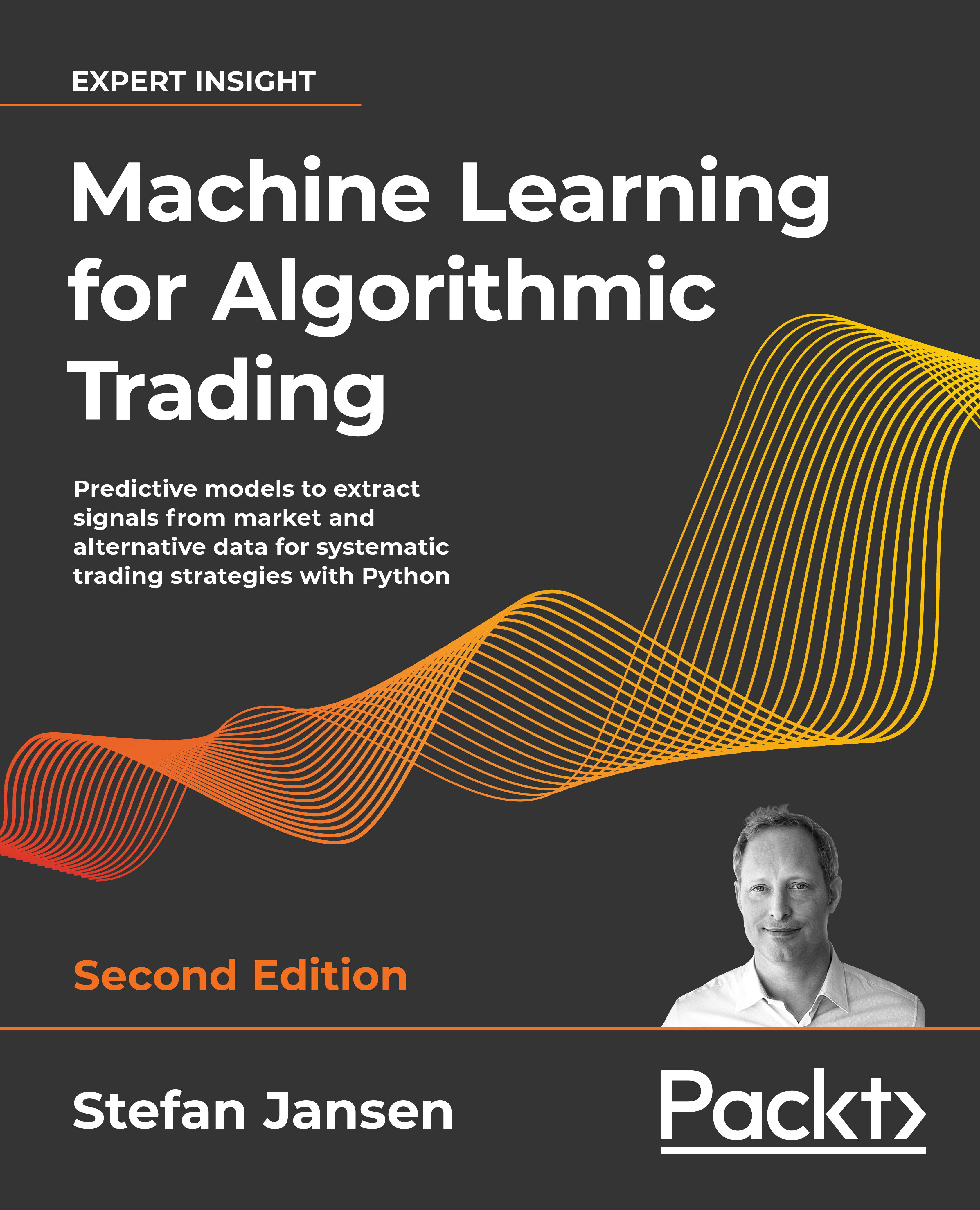Machine Learning for Trading

A comprehensive introduction to how ML can add value to the design and execution of algorithmic trading strategies
View the Project on GitHub stefan-jansen/machine-learning-for-trading
How to work with Fundamental data
The Securities and Exchange Commission (SEC) requires US issuers, that is, listed companies and securities, including mutual funds to file three quarterly financial statements (Form 10-Q) and one annual report (Form 10-K), in addition to various other regulatory filing requirements.
Since the early 1990s, the SEC made these filings available through its Electronic Data Gathering, Analysis, and Retrieval (EDGAR) system. They constitute the primary data source for the fundamental analysis of equity and other securities, such as corporate credit, where the value depends on the business prospects and financial health of the issuer.
Automated processing using XBRL markup
Automated analysis of regulatory filings has become much easier since the SEC introduced XBRL, a free, open, and global standard for the electronic representation and exchange of business reports. XBRL is based on XML; it relies on taxonomies that define the meaning of the elements of a report and map to tags that highlight the corresponding information in the electronic version of the report. One such taxonomy represents the US Generally Accepted Accounting Principles (GAAP).
The SEC introduced voluntary XBRL filings in 2005 in response to accounting scandals before requiring this format for all filers since 2009 and continues to expand the mandatory coverage to other regulatory filings. The SEC maintains a website that lists the current taxonomies that shape the content of different filings and can be used to extract specific items.
There are several avenues to track and access fundamental data reported to the SEC:
- As part of the EDGAR Public Dissemination Service (PDS), electronic feeds of accepted filings are available for a fee.
- The SEC updates RSS feeds every 10 minutes, which list structured disclosure submissions.
- There are public index files for the retrieval of all filings through FTP for automated processing.
- The financial statement (and notes) datasets contain parsed XBRL data from all financial statements and the accompanying notes.
The SEC also publishes log files containing the internet search traffic for EDGAR filings through SEC.gov, albeit with a six-month delay.
Building a fundamental data time series
The scope of the data in the Financial Statement and Notes datasets consists of numeric data extracted from the primary financial statements (Balance sheet, income statement, cash flows, changes in equity, and comprehensive income) and footnotes on those statements. The data is available as early as 2009.
The folder 03_sec_edgar contains the notebook edgar_xbrl to download and parse EDGAR data in XBRL format, and create fundamental metrics like the P/E ratio by combining financial statement and price data.